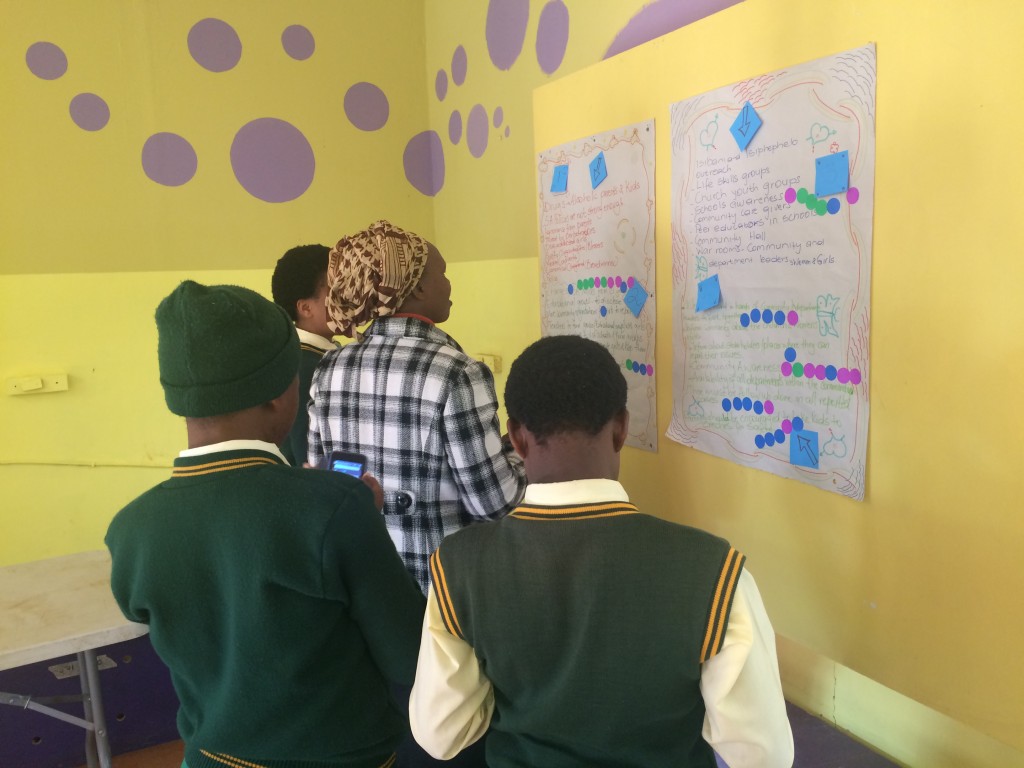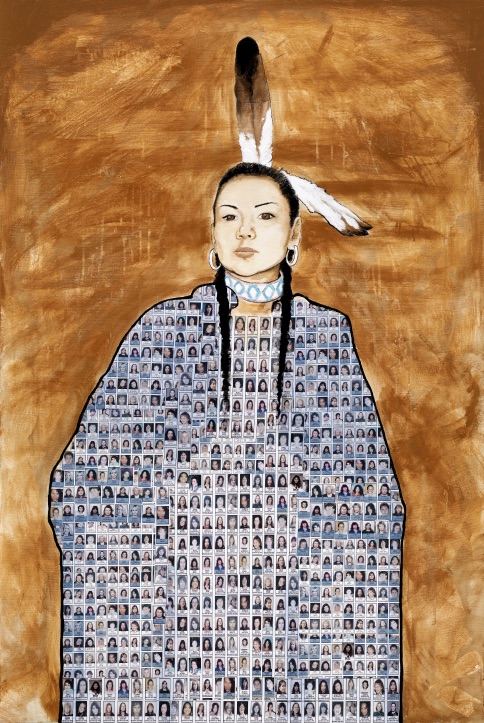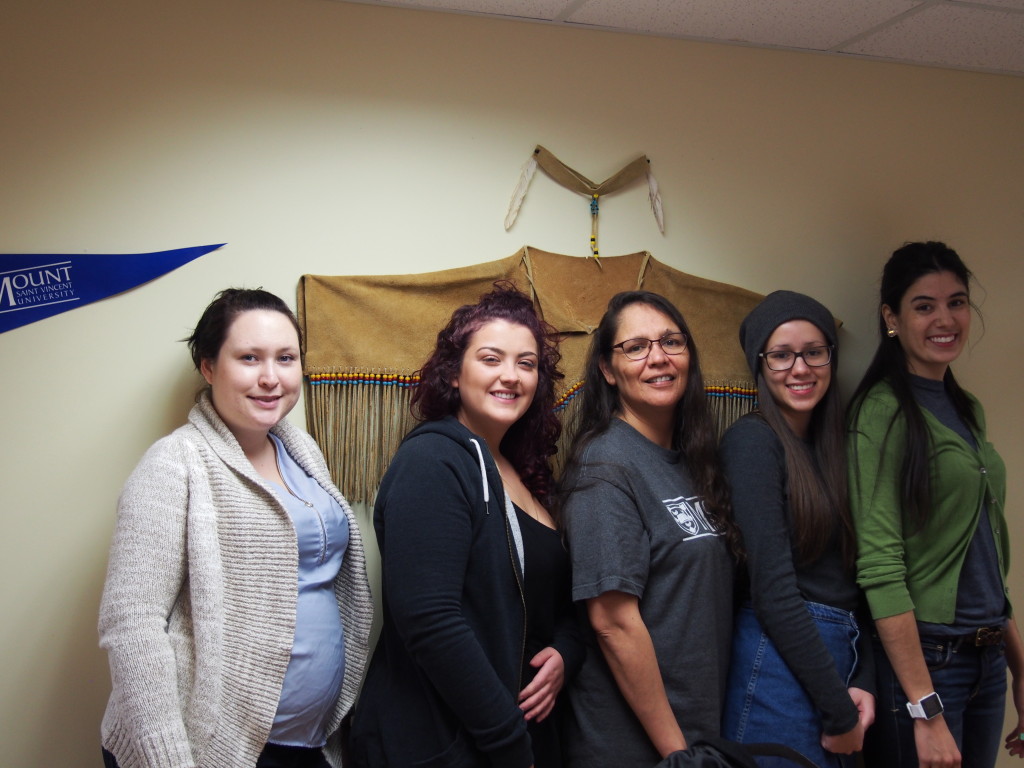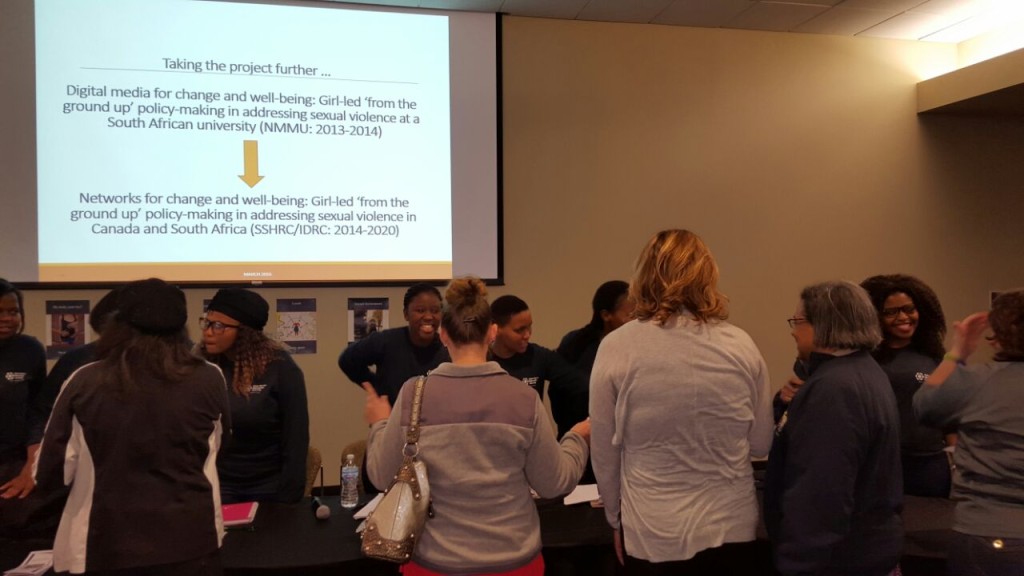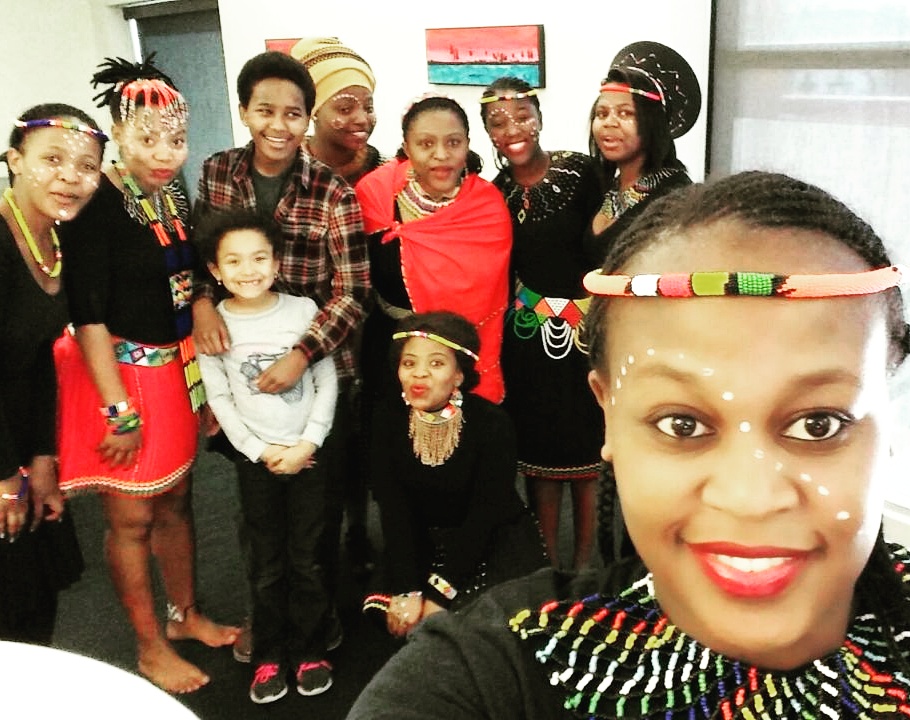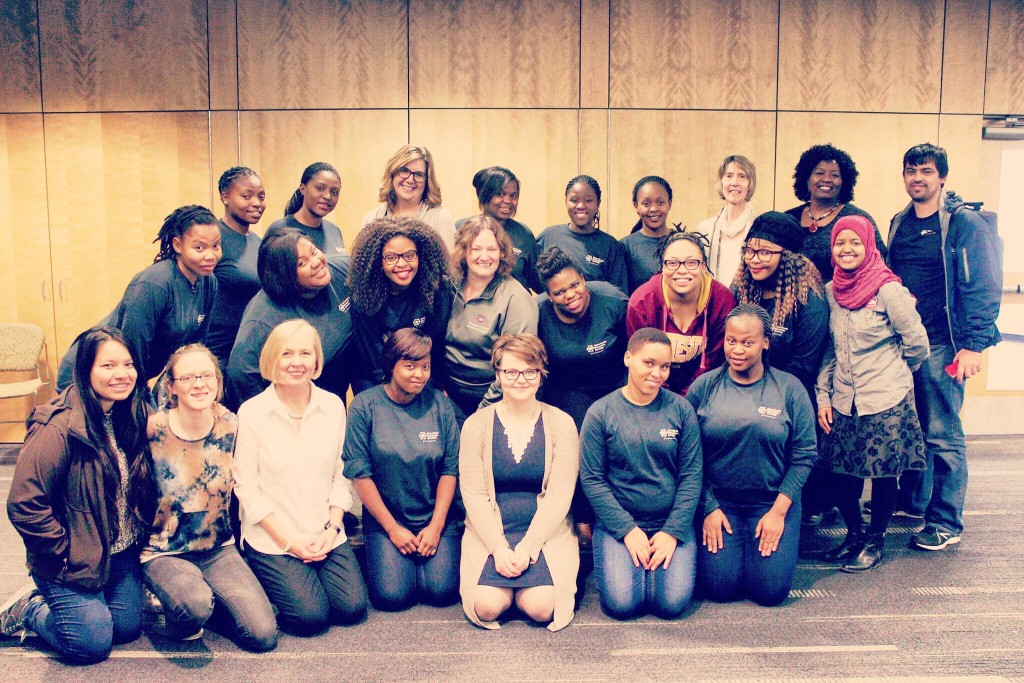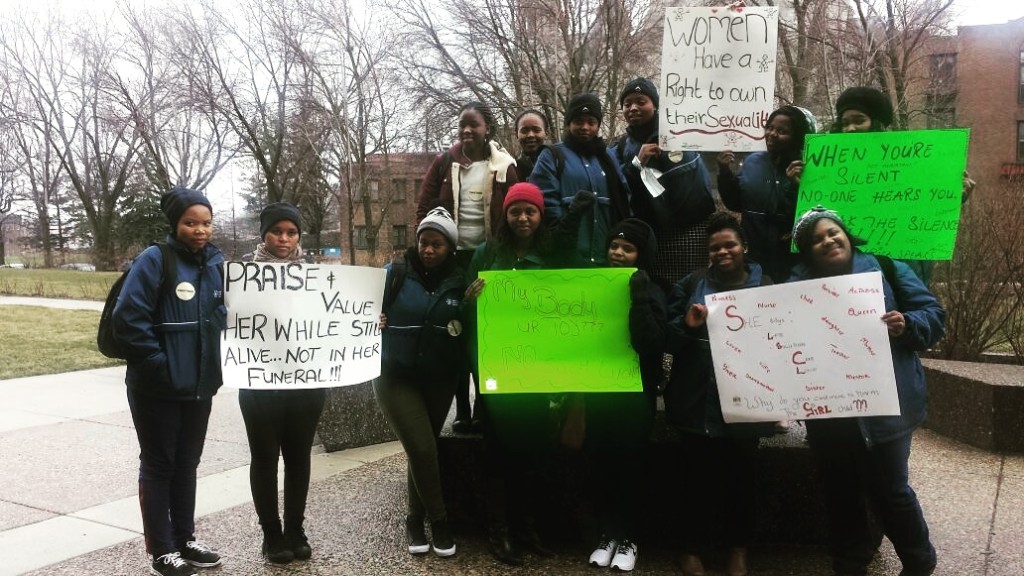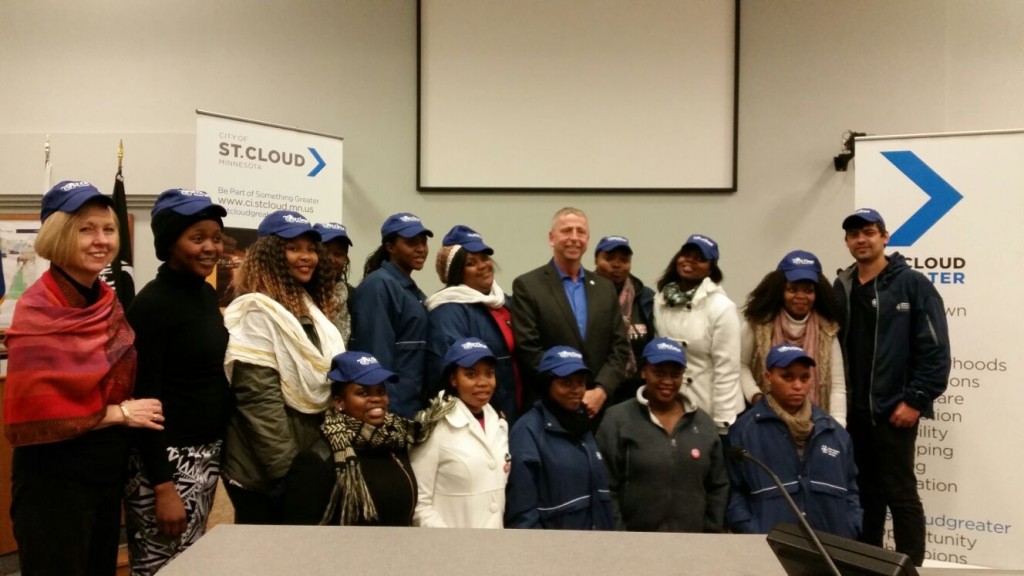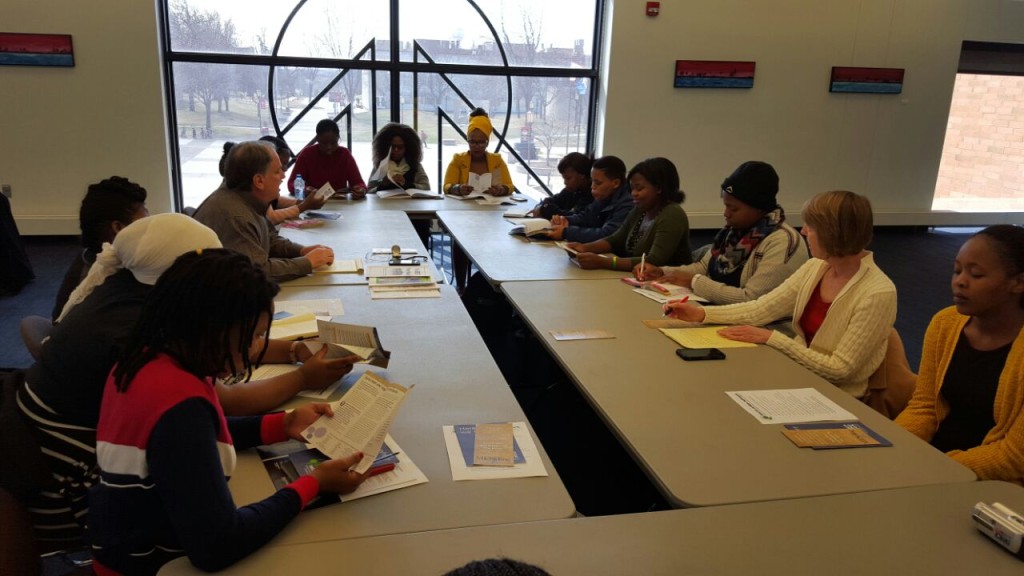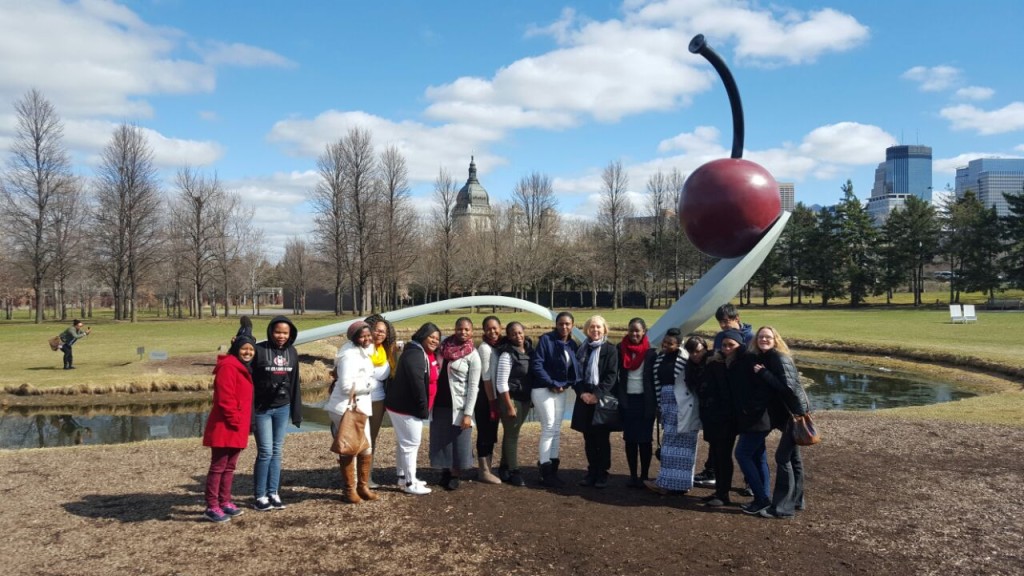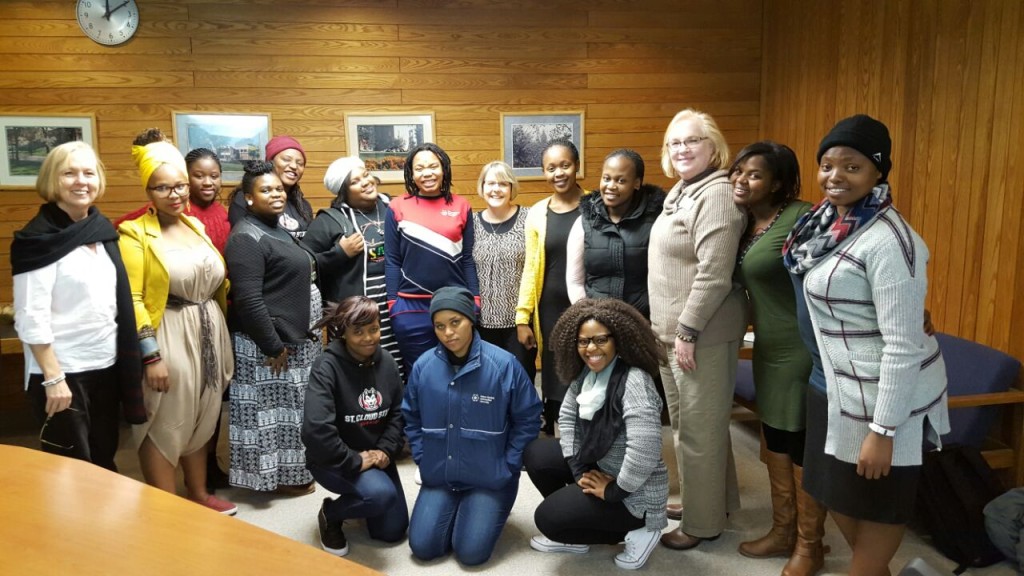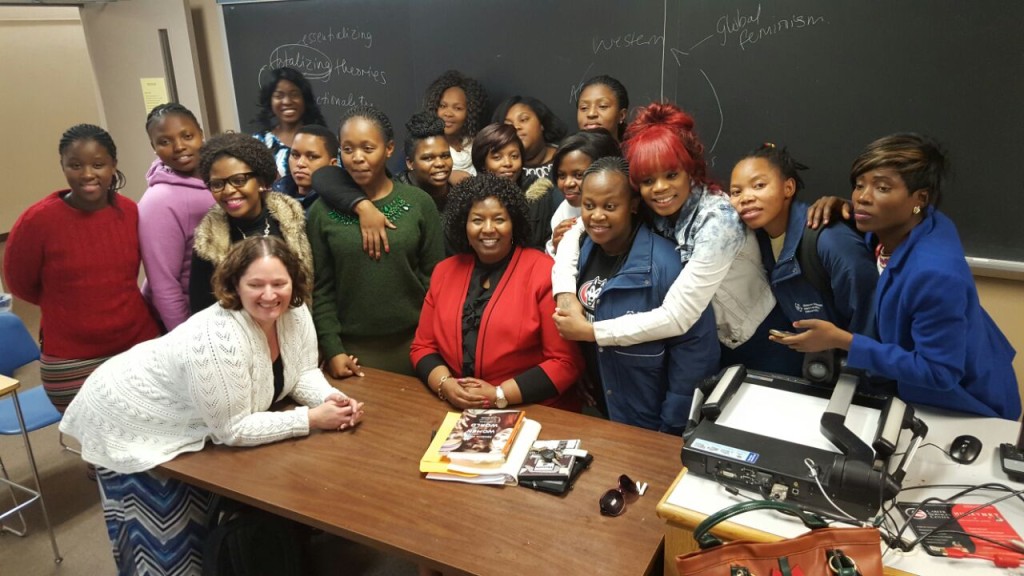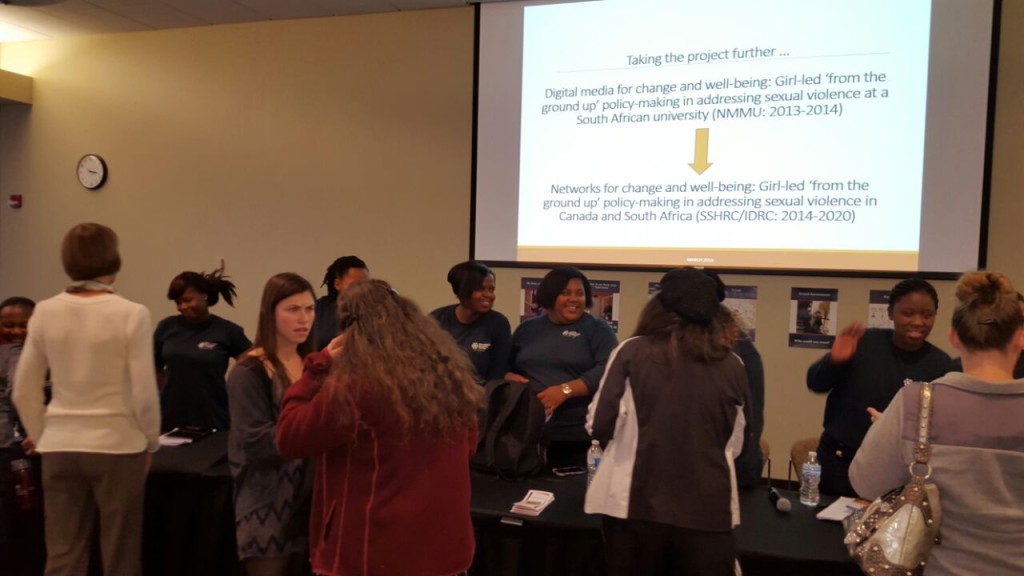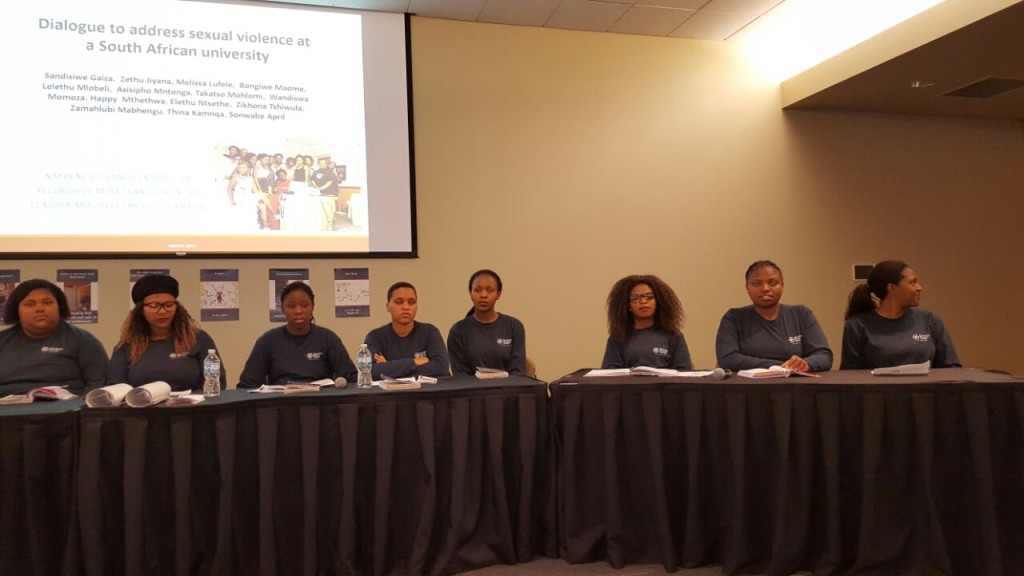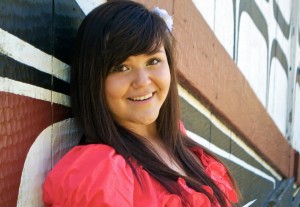July 14, 15, & 17, 2016
By: Brittany Jones and Takatso Mohlomi
A View from Canada
Aanii, my name is Brittany Jones, I am Anishnabe from Neyaashiinigmiing First Nation in Ontario and am a member of the National Indigenous Young Women’s Council (NIYWC). Along with Kari Wuttunee, I recently represented the council in the Networks for Change project meeting and at the Indigenous Pre-conference on HIV and AIDS in Durban, South Africa.
While in Durban, we had the chance to meet and interact with Young Indigenous women from across South Africa that are part of Girls Leading Change. They are a powerful, driven and beautiful group of women who are committed to making change in their communities, schools and in their country. We had a discussion around the formation of a Girls Leading Change Youth Council. Kari and I shared our experience as members of NIYWC as it is an initiative for and by Indigenous women.
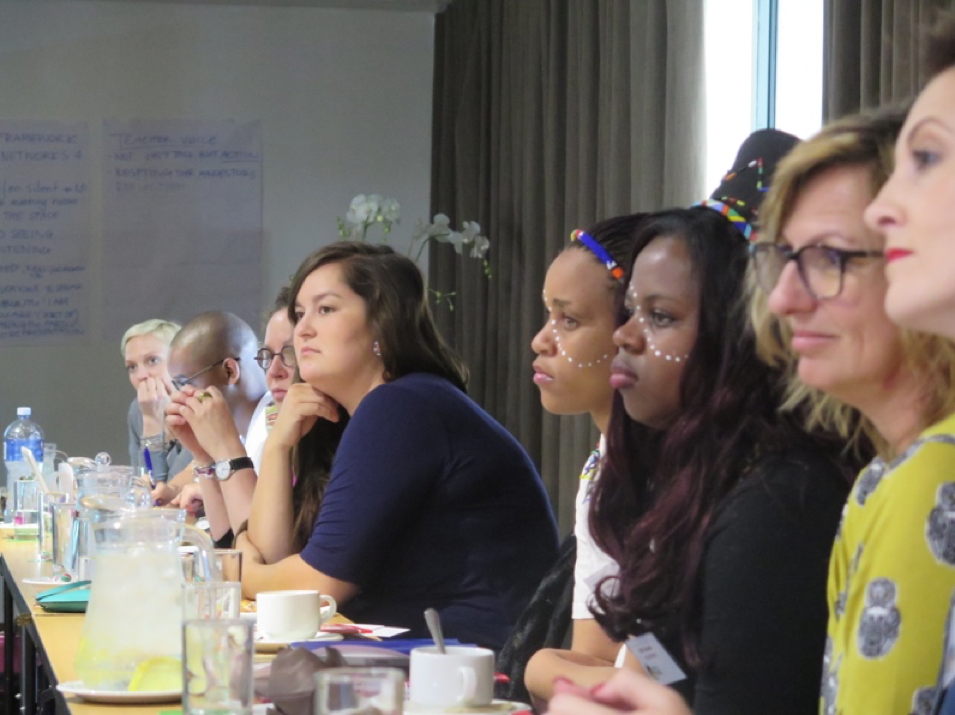
The Girls Leading Change shared ideas on what they could be, what they can do and what their council will look like. Their ideas were great and fueled by passion. Forming a council is a huge undertaking and the work has only just begun but their hearts are with the project. We will continue to support the Girls Leading Change group while they form their council.
During the project meeting, we were able to hear about the various field sites in South Africa and Canada and the work that has begun. We as a council will have the opportunity to choose and guide 2 field sites in Canada. Listening to and learning from the group while they shared their experiences has given us many ideas coming back. NIYWC is a very diverse group and we are located across Canada so have many possibilities moving forward.
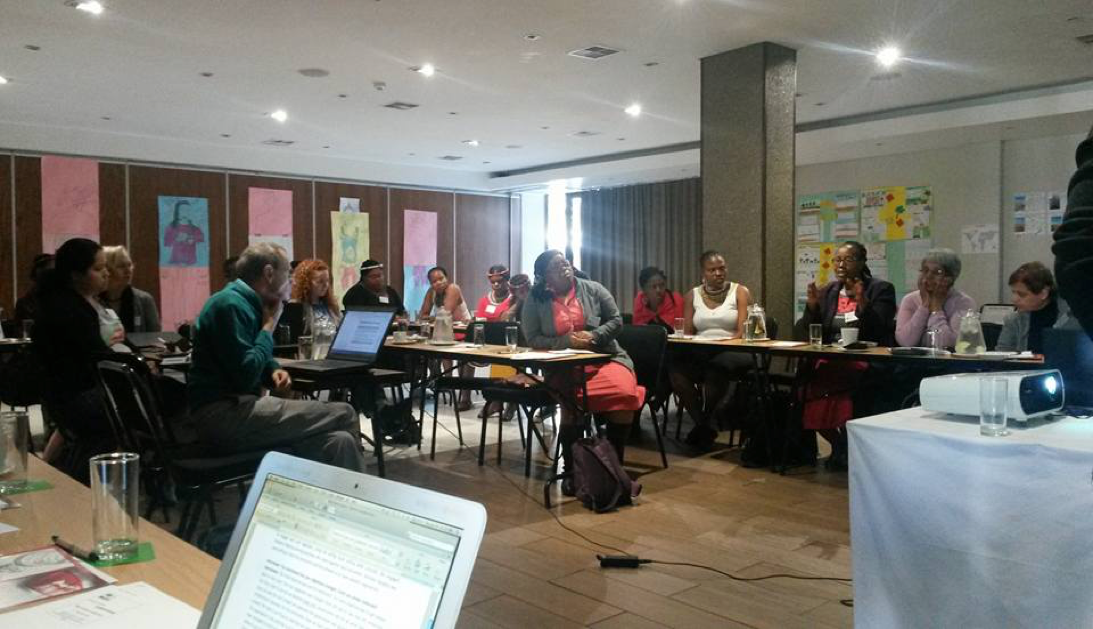 While Indigenous populations in Canada and South Africa share a history of colonization, racism and struggle, more apparent on my trip to Durban was the shared history of passion for our people, resilience and strength. This trip was my introduction to South African culture, song and people and it was nothing short of life changing. The work we are doing is important and I look forward to strengthening the relationships I have made while continuing work on the project.
While Indigenous populations in Canada and South Africa share a history of colonization, racism and struggle, more apparent on my trip to Durban was the shared history of passion for our people, resilience and strength. This trip was my introduction to South African culture, song and people and it was nothing short of life changing. The work we are doing is important and I look forward to strengthening the relationships I have made while continuing work on the project.
A View from South Africa
I am Takatso Mohlomi, a fourth year education student at Nelson Mandela Metropolitan University (NMMU). I am a member of the young women activists for social change and well-being who call themselves Girls Leading Change. We attended a project’s team meeting on the 14th -15th July 2016 held at the Square Boutique & spar Hotel in Mhlanga (Durban, South Africa).
It was a brief but very informative meeting and we had to squeeze in everything in two days time. The meeting was more focused on bringing together the members of the Networks for Change and Well-being project and also aimed at seeing how far we have gone in bringing about the change in our different places.
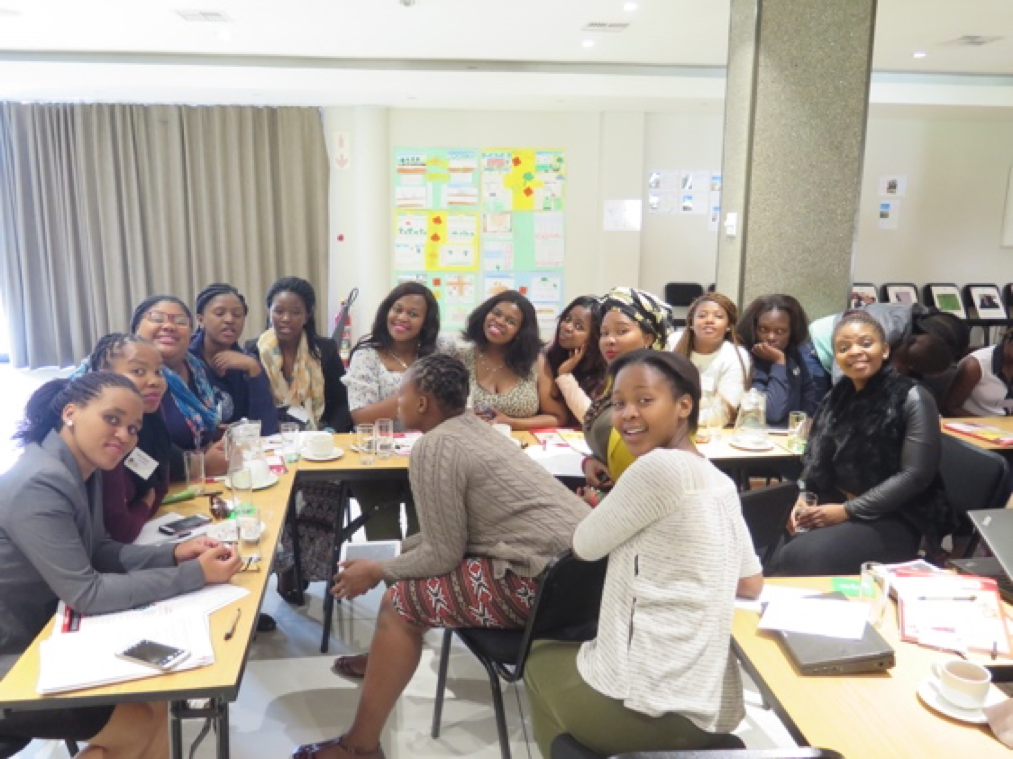 Our first meeting was comprised of different presentations which reflected on the work that has been done already. To name a few presentations, we had a values clarification which I found very helpful, the website launch, book reading exhibition, and both South African and Canadian presenters who are supported by the bigger project (Networks for Change).
Our first meeting was comprised of different presentations which reflected on the work that has been done already. To name a few presentations, we had a values clarification which I found very helpful, the website launch, book reading exhibition, and both South African and Canadian presenters who are supported by the bigger project (Networks for Change).
It was suggested in December 2015 that we open a website for the Networks for Change and Well-being project. The suggestion went successfully through the collaborative work between the Canadian and South African women. An official website launch was presented by Takatso Mohlomi and Lelethu Mlobeli. All the members of the project who were available applauded the great work. The website is now available and running at www.networks4change.ca, in addition to that we are also available on Facebook as Networks for Change and Well-being and also on Twitter.
The Girls Leading Change from NMMU presented a beautiful and very touching reading of their published book titled “14 Times a Woman, Indigenous Stories from the Heart”. These young ladies work closely with Prof Naydene from NMMU. The present members of the project were touched and praised the young ladies for the strength of every young woman they portrayed in their awesome stories.
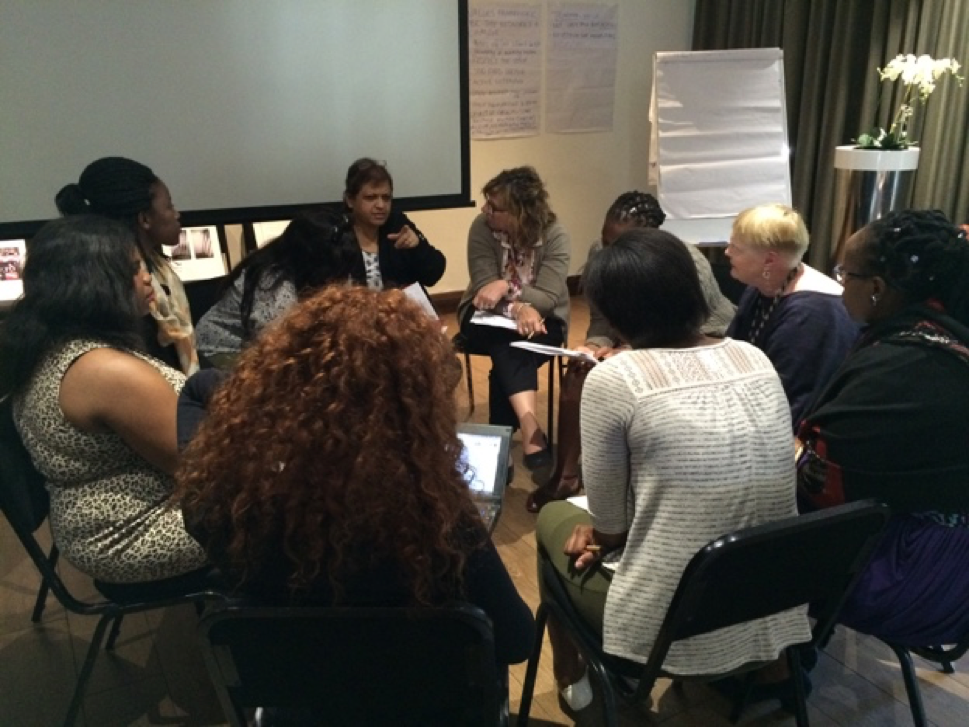 We then heard from the wonderful work done across the world, where we had presenters from South Africa (S A) and Canada. From S A we had Nokukhanya Ngcobo from the University of KwaZulu Natal, Naydene de Lange form Nelson Mandela Metropolitan University, and Yolande Coetzer form North West University. On the Canada side we had Marnina Gonick from Mount Saint Vincent University, Sandrina de Finney from University of Victoria, Jessica Danforth & Kari-Dawn Wuttunee from Native Youth Sexual Health Network / National Indigenous Young Women’s Council and lastly we had Pamela Lamb from McGill University. All these presenters gave a very fruitful feedback of what they have covered and listed some events they were still looking forward to.
We then heard from the wonderful work done across the world, where we had presenters from South Africa (S A) and Canada. From S A we had Nokukhanya Ngcobo from the University of KwaZulu Natal, Naydene de Lange form Nelson Mandela Metropolitan University, and Yolande Coetzer form North West University. On the Canada side we had Marnina Gonick from Mount Saint Vincent University, Sandrina de Finney from University of Victoria, Jessica Danforth & Kari-Dawn Wuttunee from Native Youth Sexual Health Network / National Indigenous Young Women’s Council and lastly we had Pamela Lamb from McGill University. All these presenters gave a very fruitful feedback of what they have covered and listed some events they were still looking forward to.
On the second day, we focused more on what can still be done and how can we still initiate events that will lead to the fair and justice social change we work for. We were separated into six working groups where we started discussions under different provided topics.
We then separated into two groups again where the young women from S A and Canada were in the same group and discussed about opening a young women’s council in S A which will be named Girls Leading Change Youth Council (GLCYC). The older people set together and discussed the communications strategy in knowledge mobilisation and amongst their discussion they emphasised the frequent use of our recently launched website.
This was indeed an eye opening and informative meeting where we set to see our hopes coming into reality. It all started as a dream but today there are so many powerful initiatives born from the Networks for Change and Well-being project.
“It always seems impossible until it is done” – Nelson Mandela
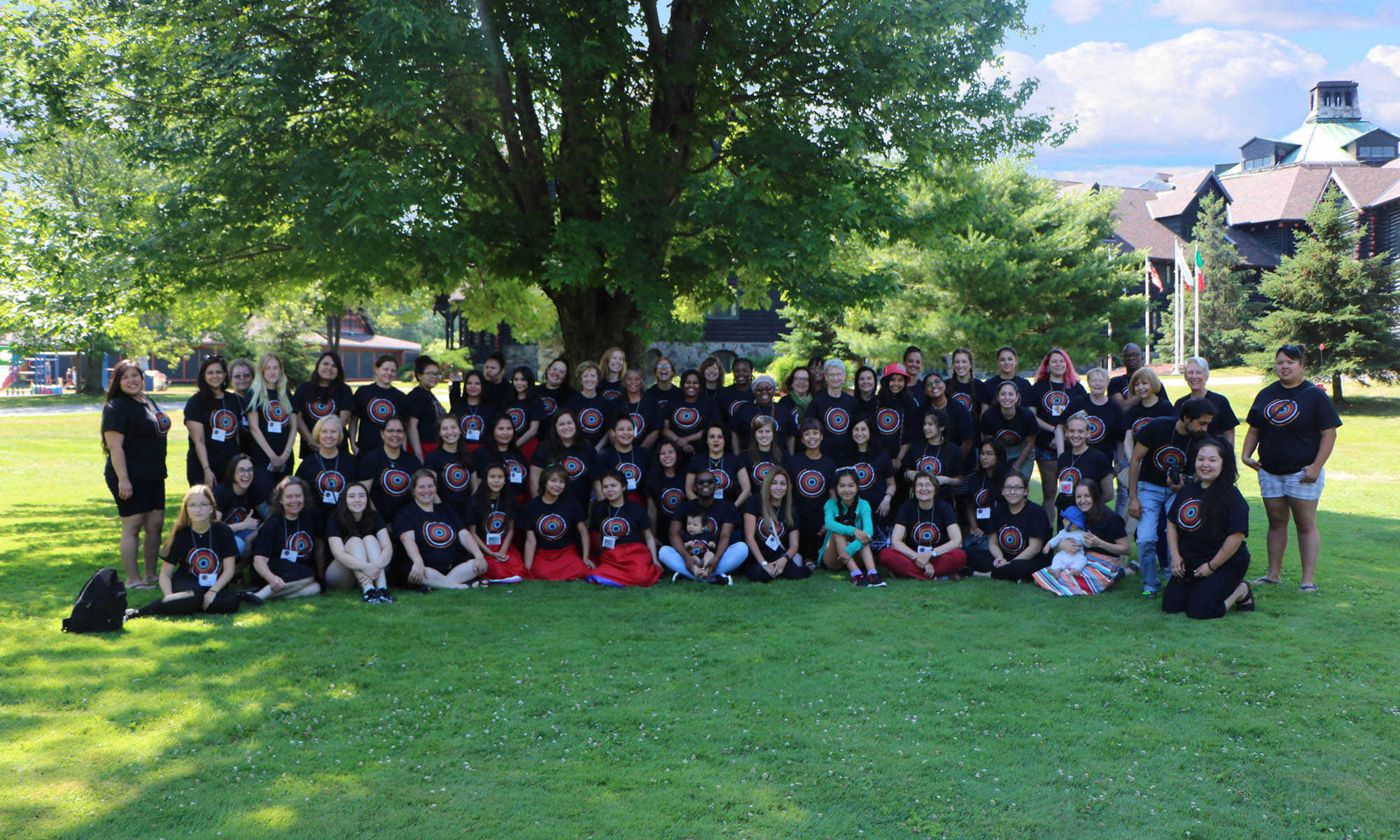
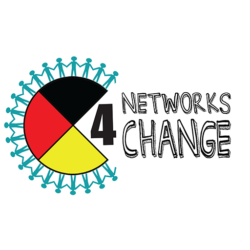





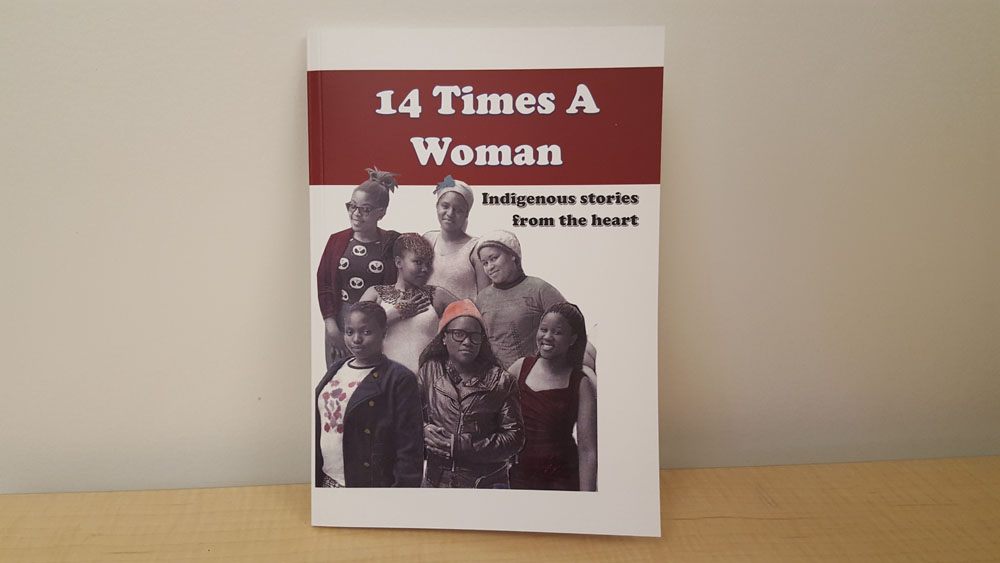 The book is made up of 14 autobiographical pieces of 14 young South African aboriginal women from the Nelson Mandela Metropolitan University (NMMU), a South African university.
The book is made up of 14 autobiographical pieces of 14 young South African aboriginal women from the Nelson Mandela Metropolitan University (NMMU), a South African university.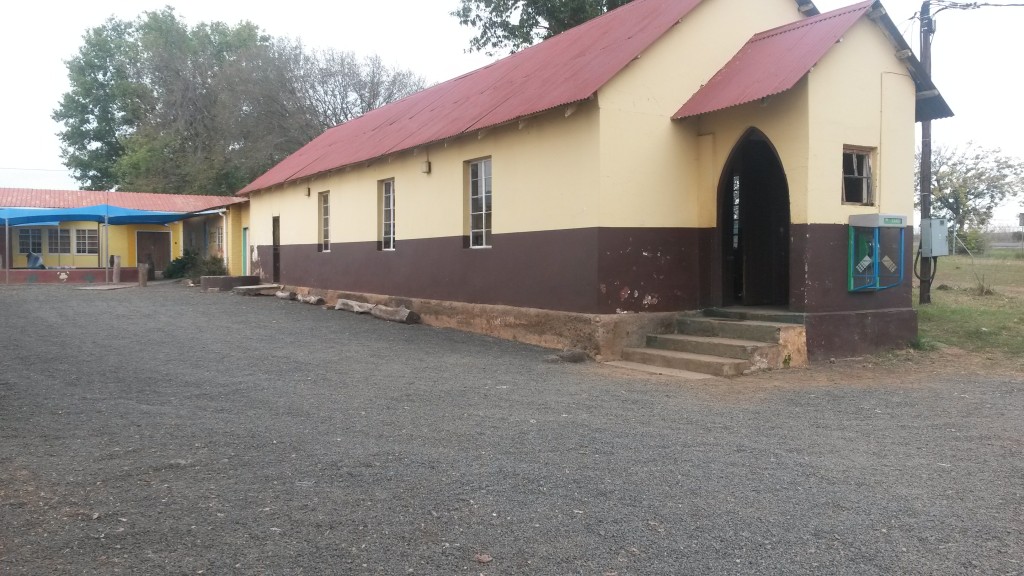 The activities the team and I planned included introductions; ensuring everyone felt comfortable with the team as well as the Informed Consent Forms and making sure they were aware of the project and what we will be doing for the day. As well as them understanding this is voluntary and 100% confidential.
The activities the team and I planned included introductions; ensuring everyone felt comfortable with the team as well as the Informed Consent Forms and making sure they were aware of the project and what we will be doing for the day. As well as them understanding this is voluntary and 100% confidential.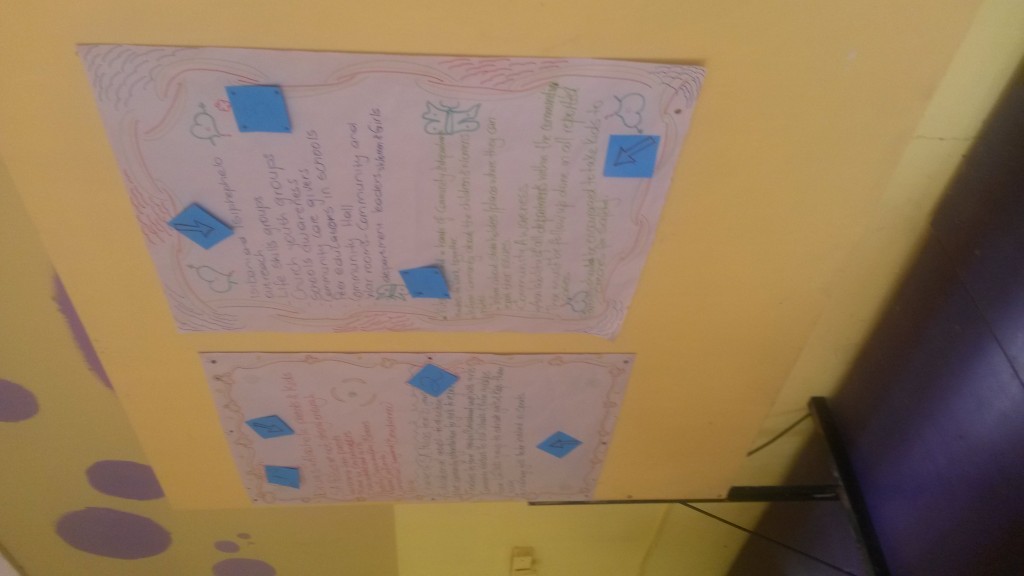 After introductions we also conducted an icebreaker that pertained to the topic of girl’s safety in the community. The purpose of icebreakers is to be used at the beginning of discussions, workshops and seminars. It is used to relieve tension, introduce everyone each other and get to know each other as well as the topic of discussion. They are important not only to get to know each other but also so everyone in the group can see the different realities and perspectives of everyone involved. There are many different icebreakers one can use, the one we used involved in asking a series of questions pertaining to Girl’s Safety; it is called “Step into the circle if…” this activity is to show how much we do and do not have in common. It was important to explain to the participants that we will ask a statement like “Step into the circle if…” and if it applies to them then they step into the circle. We needed to ensure that they know they do not have to step into the circle if they don’t want to let the other participants to know their answer to your statement/question, but that you will never ask something that doesn’t apply to you as well so they will never be alone.
After introductions we also conducted an icebreaker that pertained to the topic of girl’s safety in the community. The purpose of icebreakers is to be used at the beginning of discussions, workshops and seminars. It is used to relieve tension, introduce everyone each other and get to know each other as well as the topic of discussion. They are important not only to get to know each other but also so everyone in the group can see the different realities and perspectives of everyone involved. There are many different icebreakers one can use, the one we used involved in asking a series of questions pertaining to Girl’s Safety; it is called “Step into the circle if…” this activity is to show how much we do and do not have in common. It was important to explain to the participants that we will ask a statement like “Step into the circle if…” and if it applies to them then they step into the circle. We needed to ensure that they know they do not have to step into the circle if they don’t want to let the other participants to know their answer to your statement/question, but that you will never ask something that doesn’t apply to you as well so they will never be alone.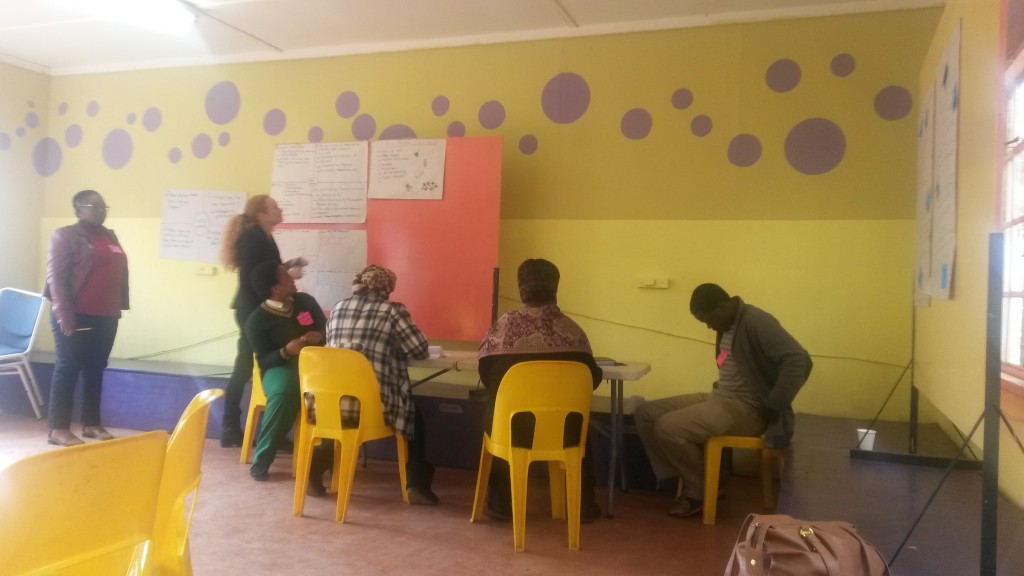 Our biggest activity during the consultation was our community mapping exercise. The exercise was intended so that as a group, we could better understand what the community at large is saying about girl’s safety; what are the key barriers to girls’ safety; what is already available in the community to help with change; what is the vision for change around this issue; and how we can mobilize this change. In three groups, the participants used flip chart paper and coloured pens to brainstorm the four questions:
Our biggest activity during the consultation was our community mapping exercise. The exercise was intended so that as a group, we could better understand what the community at large is saying about girl’s safety; what are the key barriers to girls’ safety; what is already available in the community to help with change; what is the vision for change around this issue; and how we can mobilize this change. In three groups, the participants used flip chart paper and coloured pens to brainstorm the four questions: